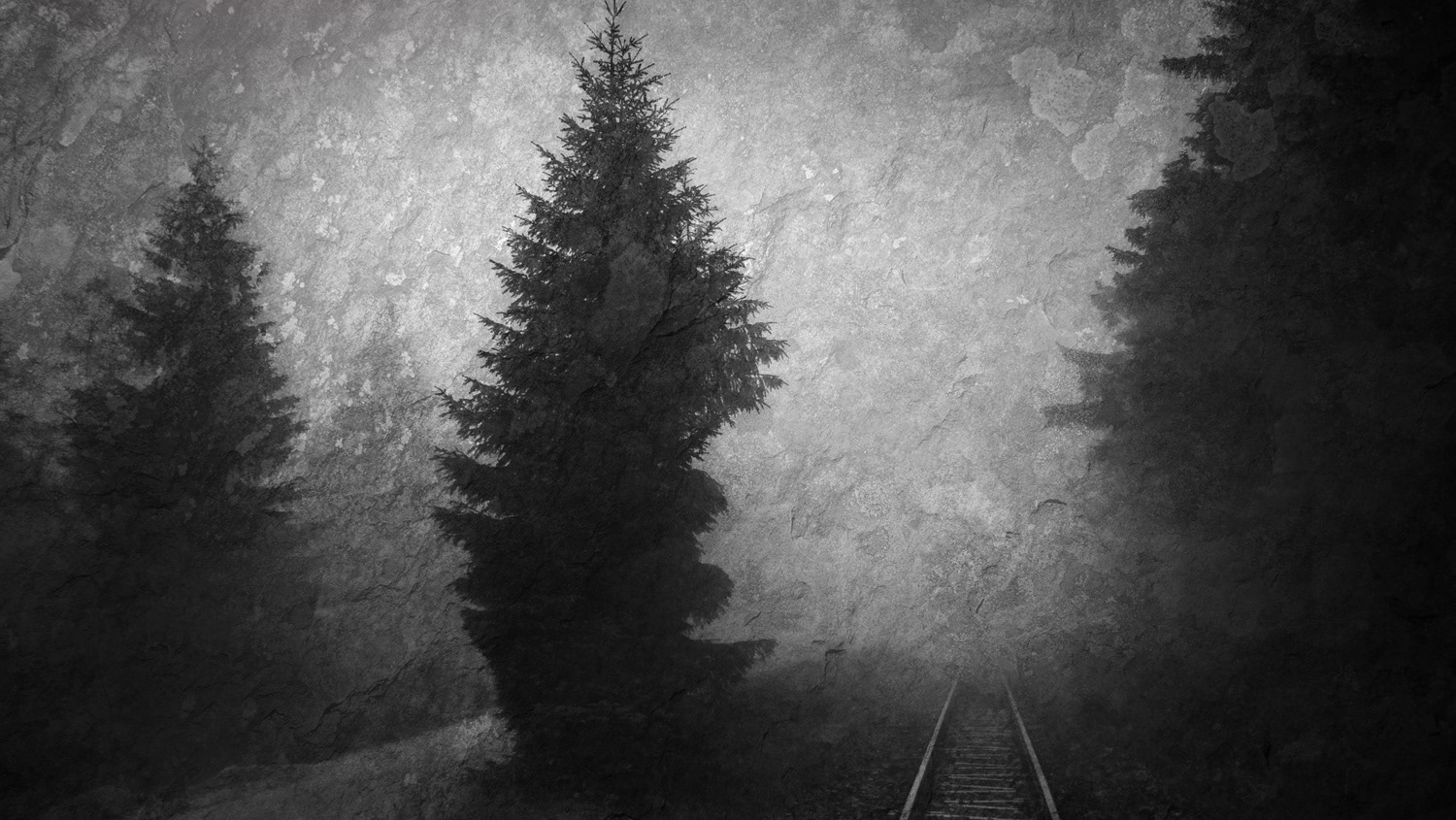Communication
Discovery
Arrival
Assimilation
The first discovery of the Black Knight Satellite.
According to the Union of Concerned Scientists (UCS), which keeps a record of the operational satellites in space, there are 3,372 satellites active and 3,170 satellites inactive as of the 1st January 2021. A total of 6,542 satellites.
There is one satellite however that stands out as not being created by humans and is of an extraterrestrial origin which is in a near-polar orbit of the Earth. There have been unconfirmed reports that the object has been recorded at altitudes of between 1728 km to less than 300 km above the Earth.
The Black Knight Satellite has been described as an artificial satellite of extraterrestrial origin that has orbited Earth for approximately 13,000 years.
A photograph taken from the cockpit window during the STS-88 mission, the first NASA Space Shuttle mission to the International Space Station in 1998, shows a large, black object suspended in space. This was dismissed by NASA as a thermal blanket lost during the mission and as space debris.
Astronomers, scientists, amateur radio operators, world military and UFO researchers have reported in the media over many decades about this mysterious dark object in the sky.
Perhaps it is just a conspiracy theory or is NASA covering up its existence and origin.
At Cape Canaveral on the 11.06.2016 the United Launch Alliance (ULA) Delta IV Heavy rocket was launched with a top secret payload into space for the US National Reconnaissance Office (NROL-37) As usual for an NRO mission, details of the NROL-37 payload were kept classified by the US Government, as are specifics of the Delta IV’s mission profile.
The insignia Mission Patch for this launch was a 'Black Knight'.
Is the Black Knight an ancient alien vessel? Could it be a satellite from somewhere in deep space that is trying to communicate with humans on earth?
Maybe, just maybe.
This is my interpretation of The Black Knight Satellite represented as a series of short films.
Electromagnetic vibrations recorded in space by the NASA Voyager, INJUN 1, ISEE1 and HAWKEYE space probes. Audio recordings have been slowed down approximately 30%. (NASA audio recording is public domain)









